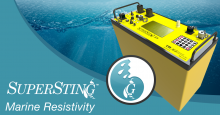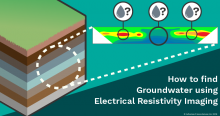AGI Suggested Reading | Part 4
Let’s continue with our eight-part series where we’ll be recommending some further reading for those of you who want to learn more about resistivity, induced polarization, and more in the realm of geophysics. The trio of suggestions that we’ve listed below cover geophysical inversion, induced polarization, and matrix computations. Reading any (or all) of these should help to broaden your knowledge and bolster your confidence going into your next geophysical survey.
And in case you missed them, here are the previous suggestions in this series:









